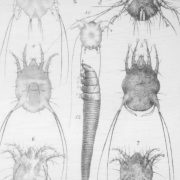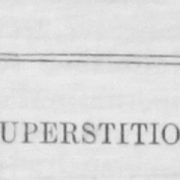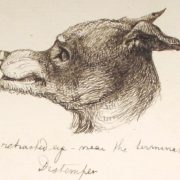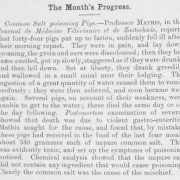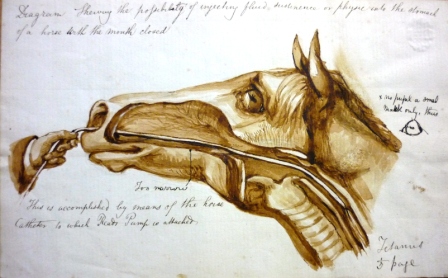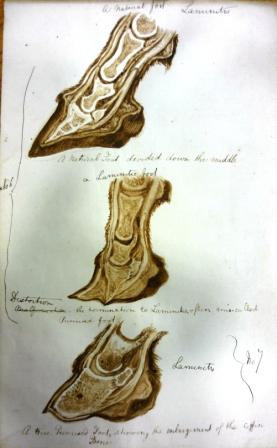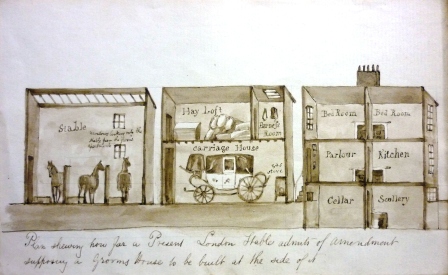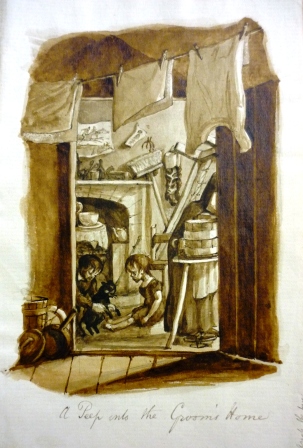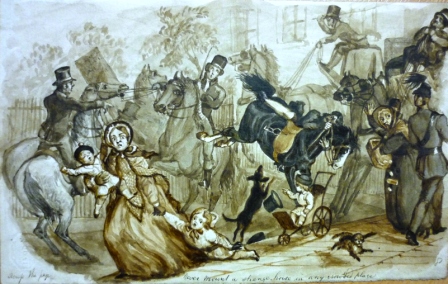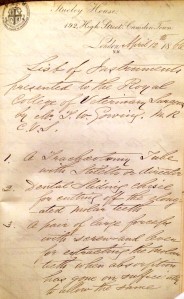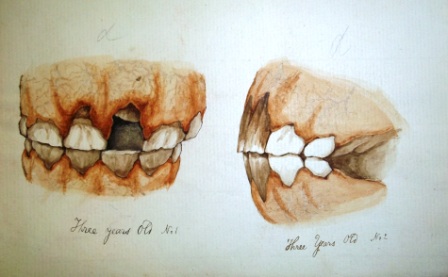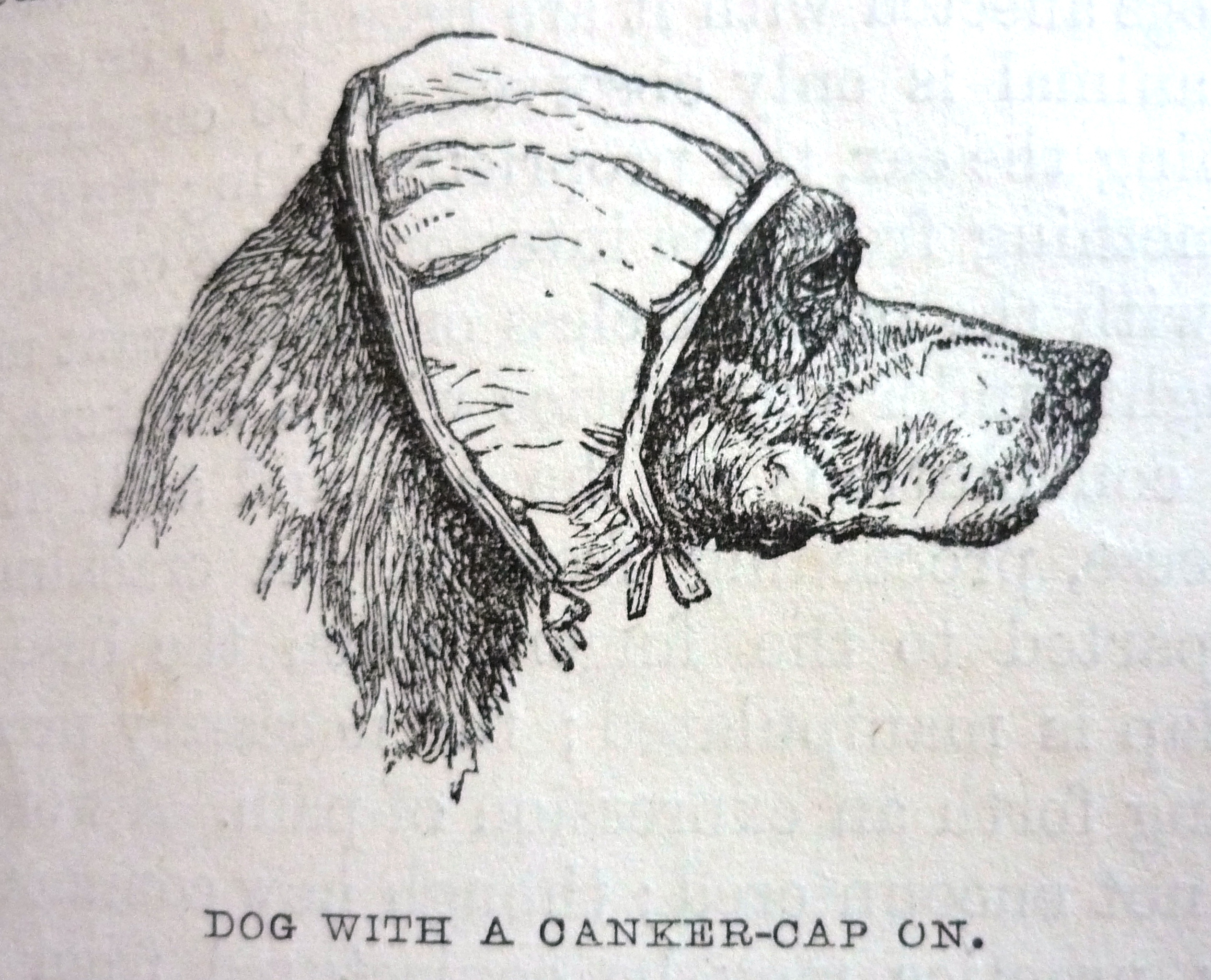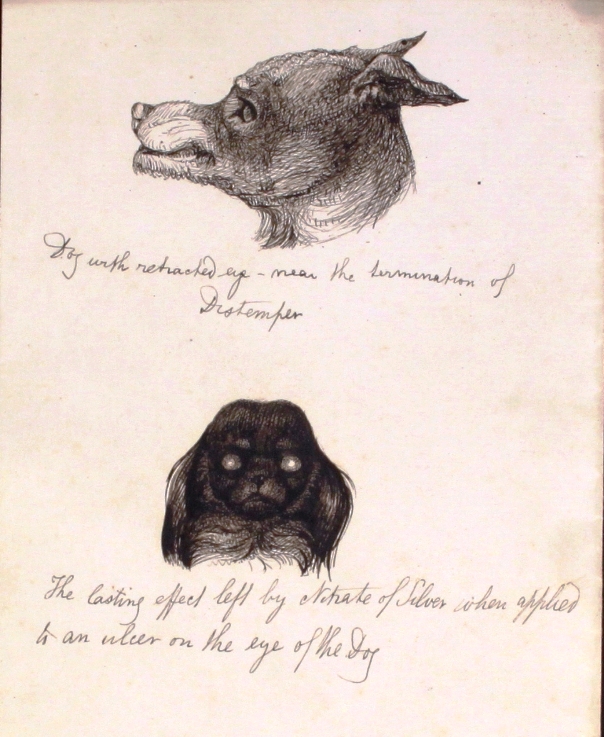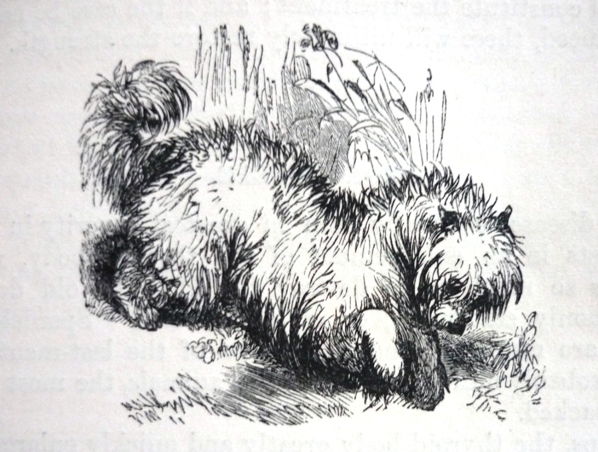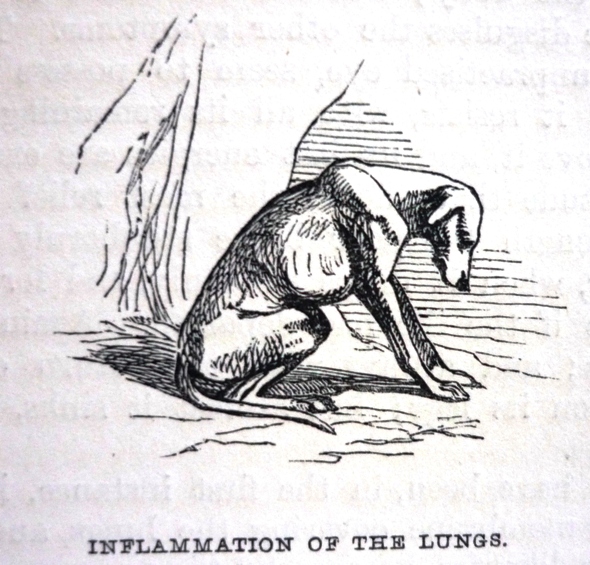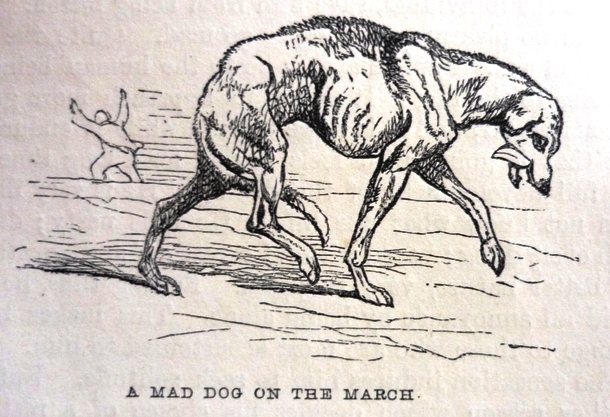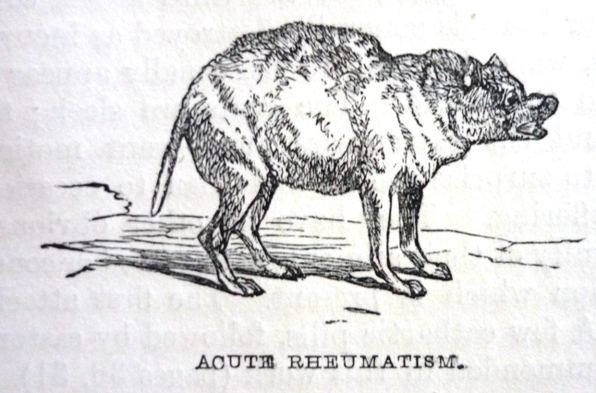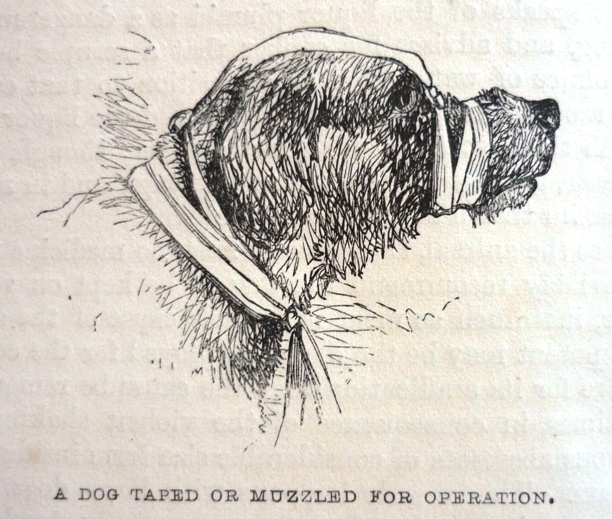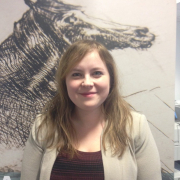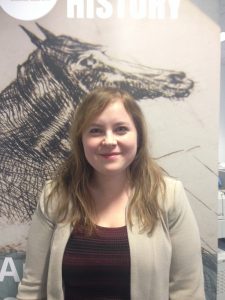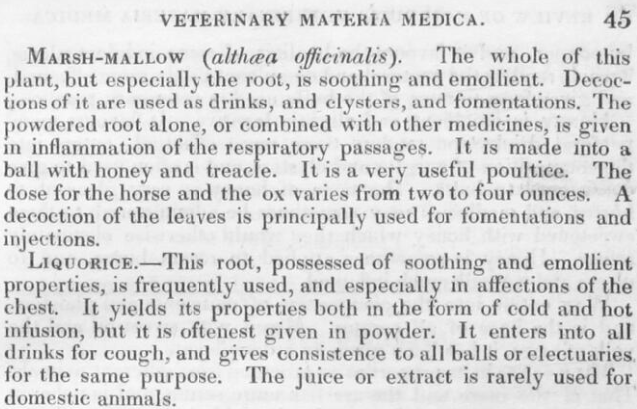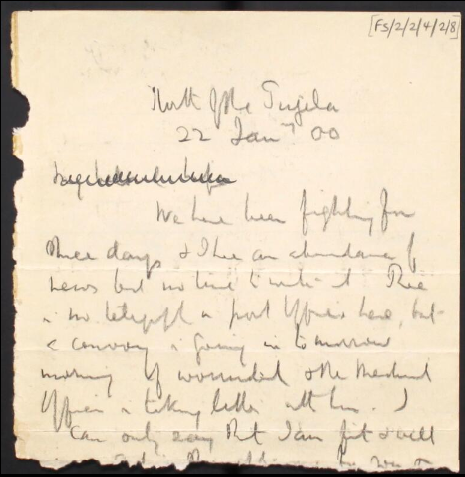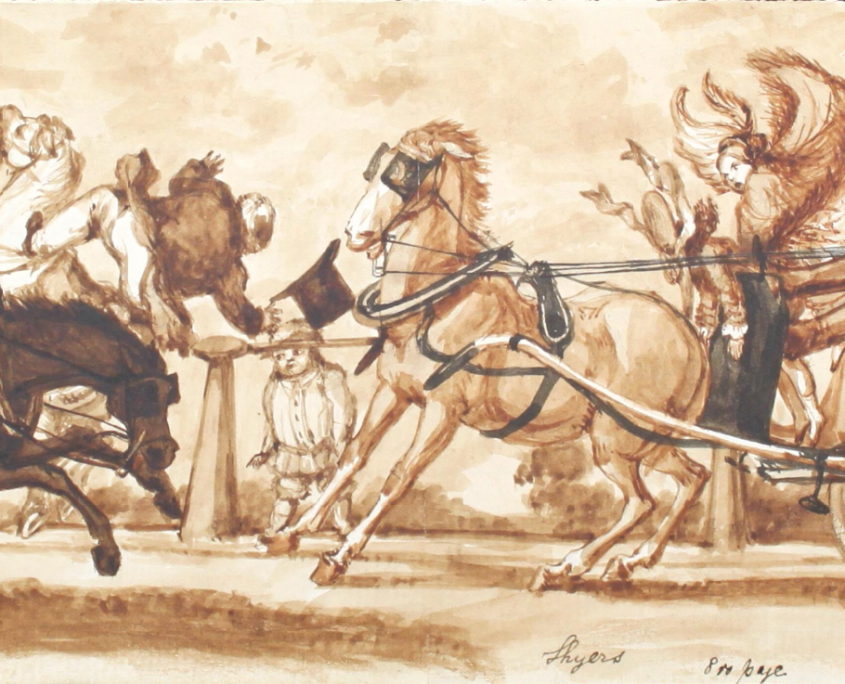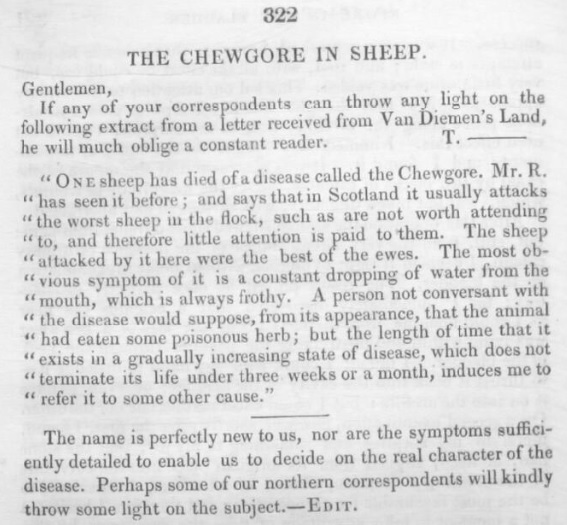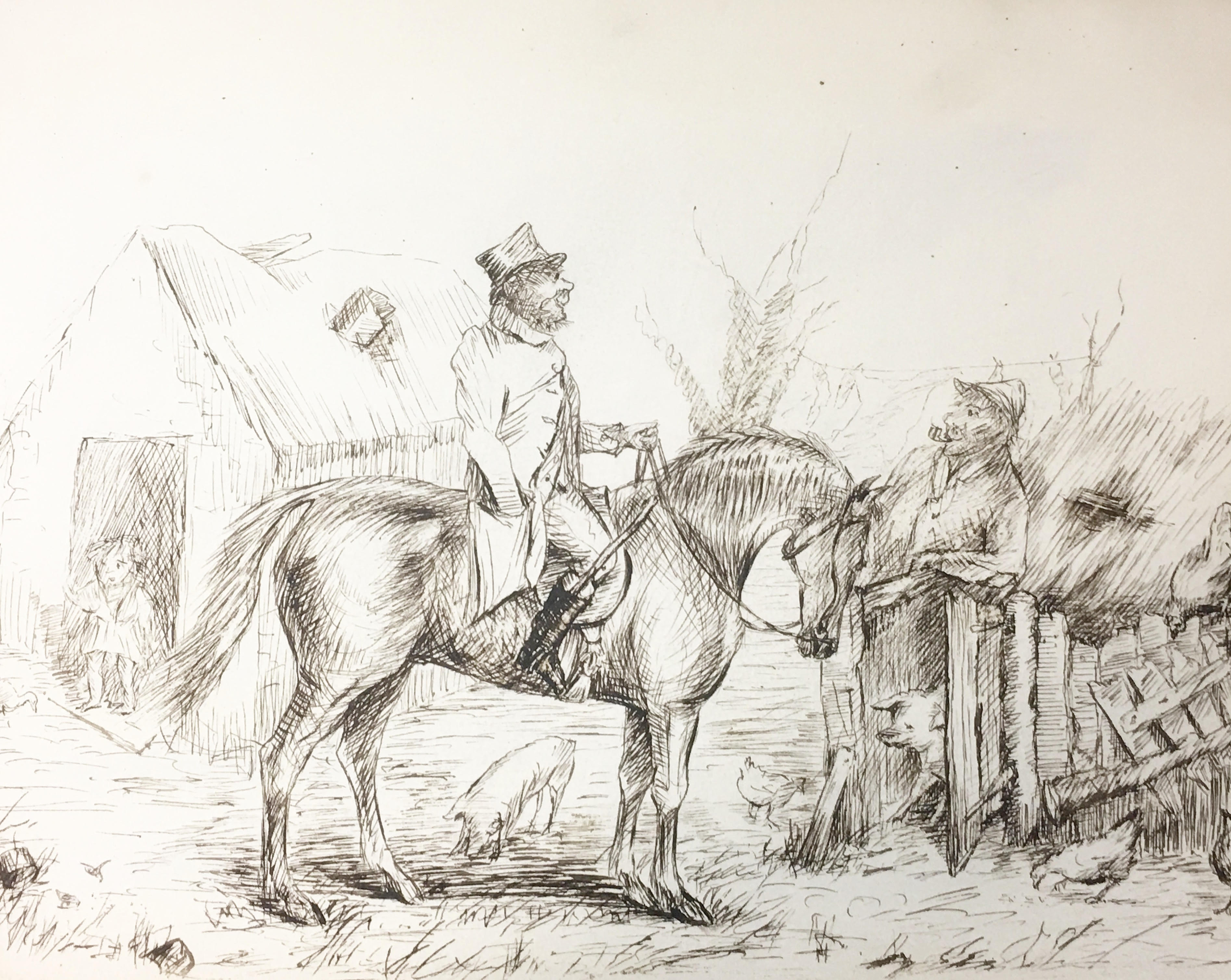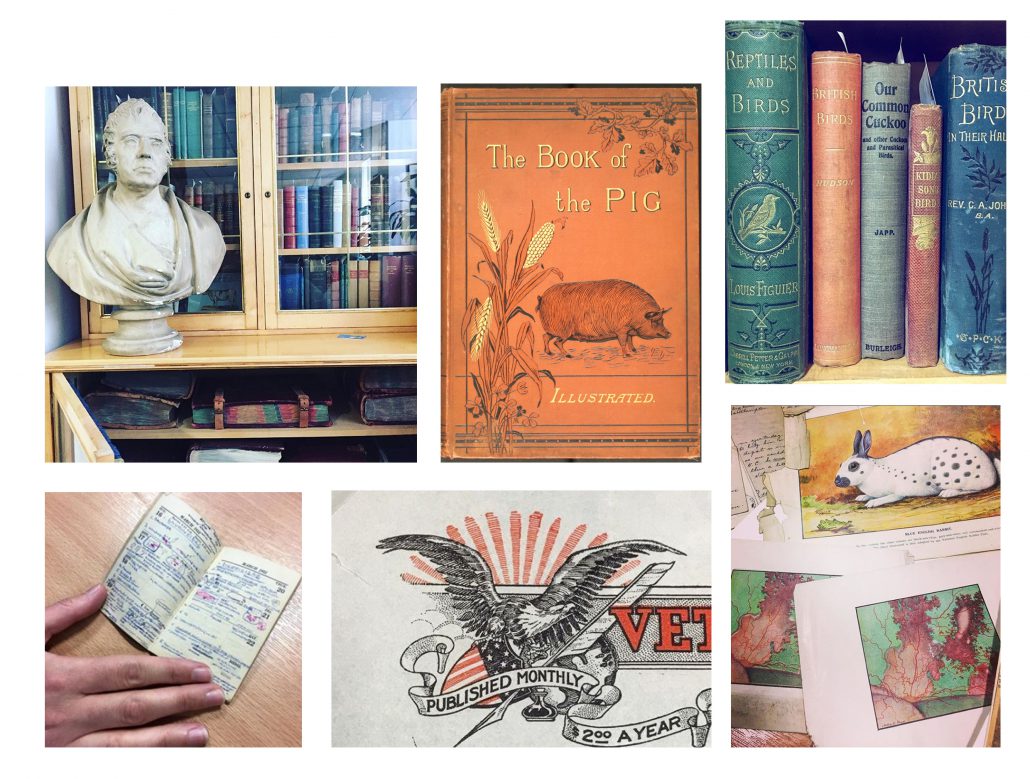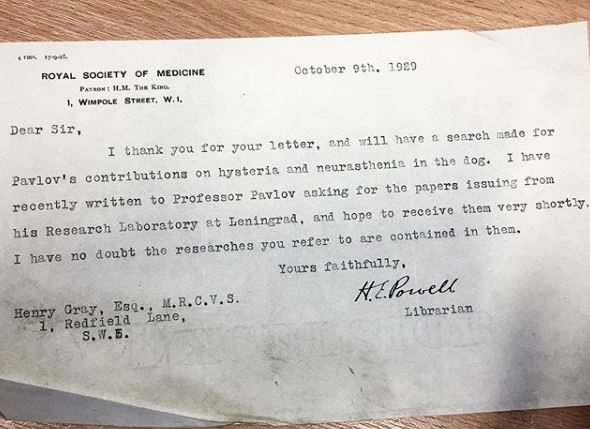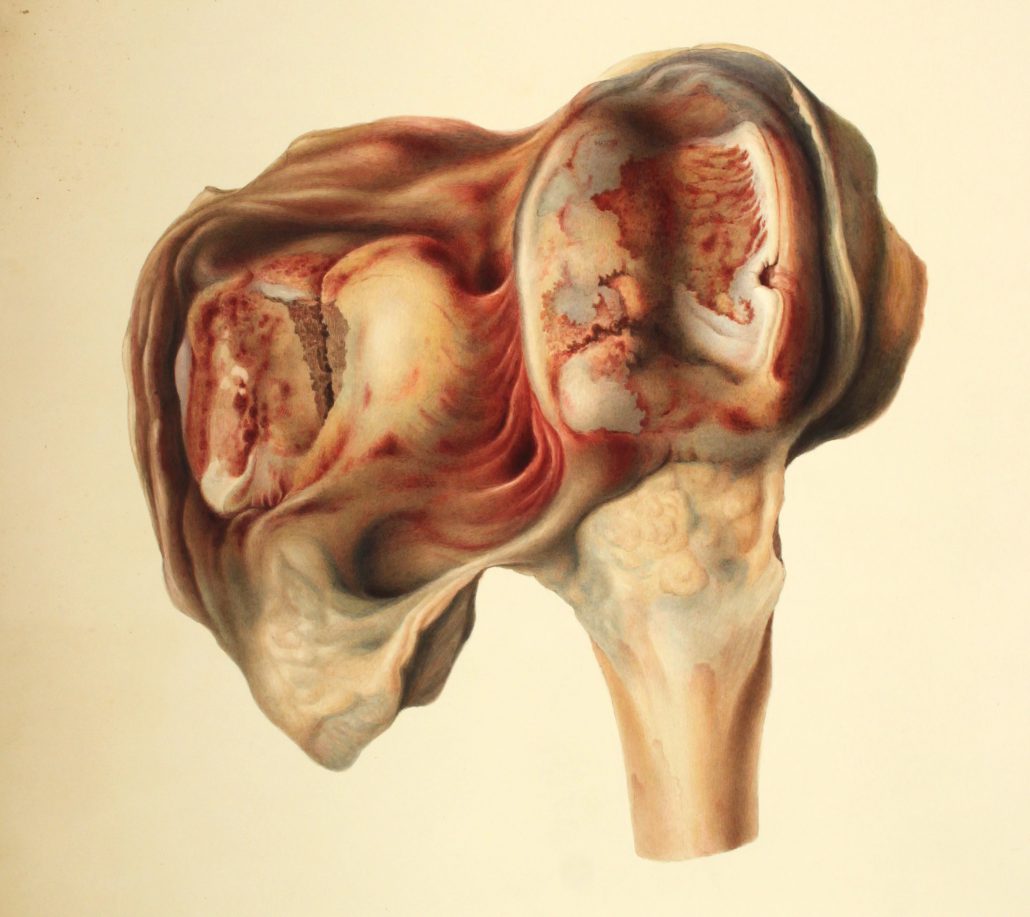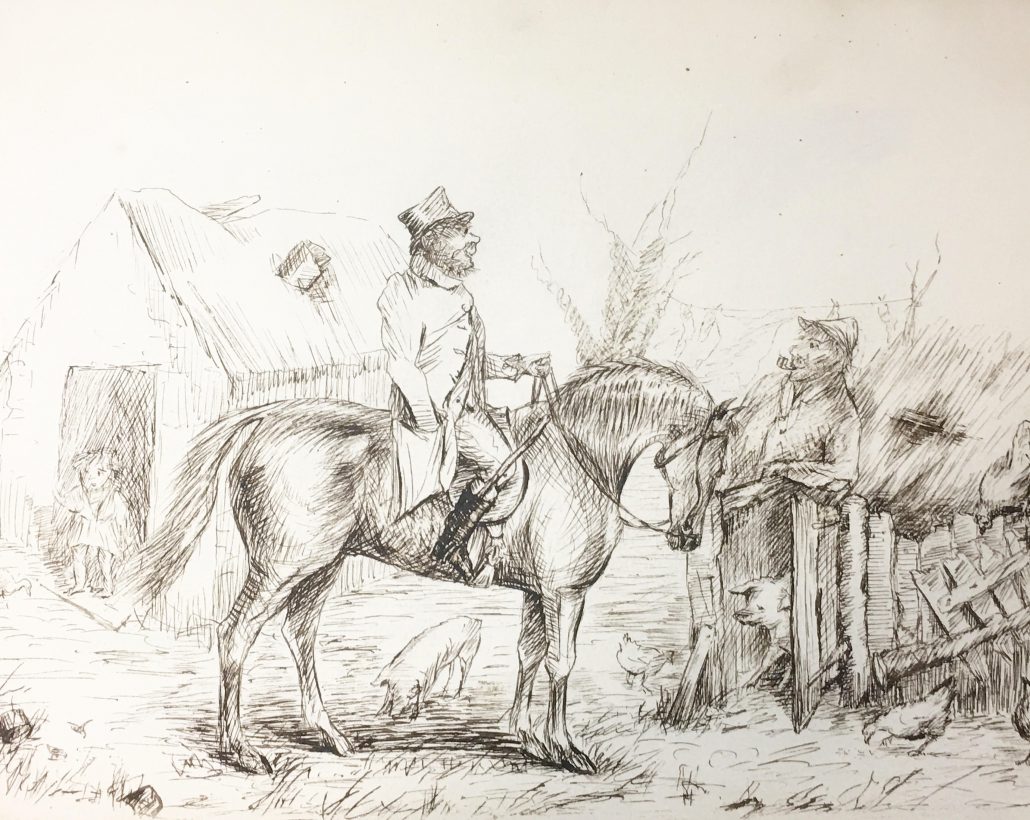After months of development and tweaking, I am now very happy to show the world our fantastic new Digital Collections website!
My most recent blog posts have described the cataloguing process – with the end result of the online archive catalogue. The Digital Collections site serves the other main aim of the RCVS Vet History Project – digitising our historic material and making it available for everyone to see, from anywhere in the world.
We will be adding more and more content to the site as the project continues, but over 150 works, dating from 1613 to 1912, are currently published. These include original watercolours, photographs, letters and periodicals.
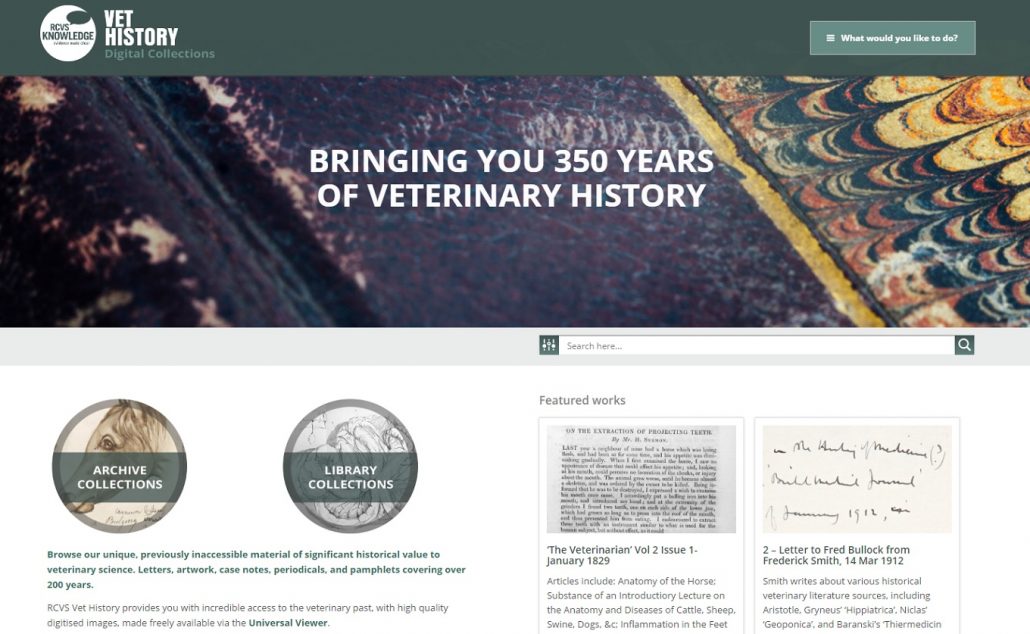
The homepage of the new Digital Collections website
You can visit the live site now at http://www.rcvsvethistory.org/
If you want to know a little bit more about how we got here – this is the story so far…
When I started at RCVS Knowledge in October 2015, there already was a Digital Archive website, which displayed some of the oldest veterinary periodicals in our collections. Whilst this site was suited to the format of periodicals, I could see that it would not work for archive material, such as letters or manuscript notes.
Archive material can be challenging to share online, as you usually need more information about the items before you can understand them. For example, when reading a letter between two individuals, they may refer to each other only by first name, talk about places such as ‘the office’, or ‘the hospital’, or just write ‘Saturday’ for the date. The archivist of a collection will know which people and places are being referred to, and at least an approximate date the letter was written. If this information (or metadata) can be displayed alongside the images, then that provides some context for the researcher. Additionally, if the metadata is searchable, this will help researchers find the material more easily in the first place.
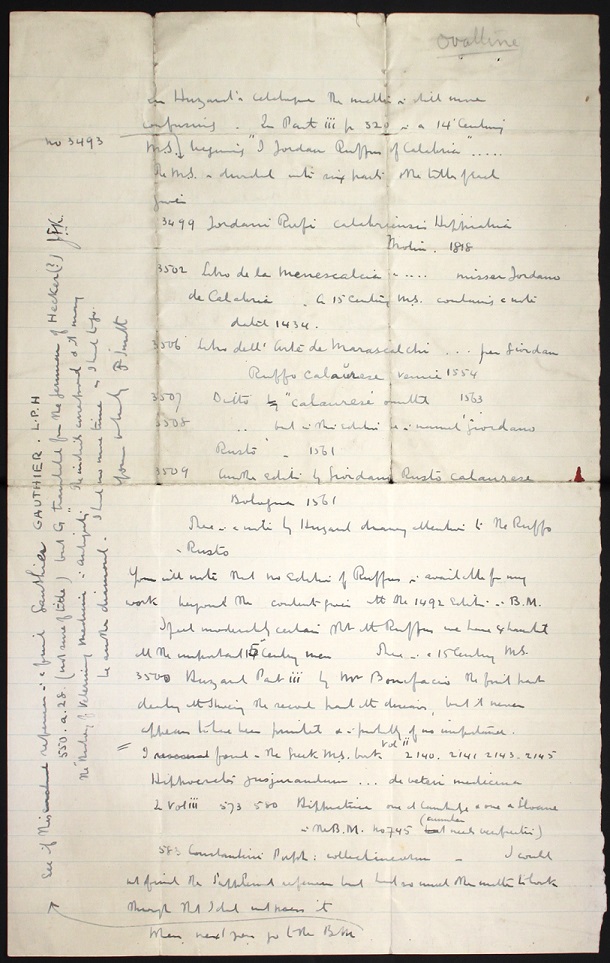
Letter to Fred Bullock from Frederick Smith, 1912 – with final paragraph written up the side
Quite a lot of archive material is also handwritten, which presents another difficulty. Not only can the writing be hard to decipher, it can be written at right angles, in different colours, and sentences can carry on over two pages. To make this as easy to read as possible, you need high resolution, colour images that you can easily rotate and zoom, and quickly navigate between.
Last year, Adele and I began a search for existing platforms that met our requirements for image display. We looked at other digital archive websites, but discovered that the choice seemed to be between complicated multi-functional software for huge organisations, or simple online galleries, better suited to photography and online stores. A third option was to build something ourselves, using open-source software, and I loved the look and functionality of the Universal Viewer tool, used by the Wellcome Library, Bodleian Library and British Library. We are on a slightly smaller scale than these institutions, but our needs were the same! So we contacted Digirati, the developers of the UV, and they worked with us to create a modification of the Viewer, and invited us to take part in the pilot of Wellcome’s Digital Library Cloud Services platform.
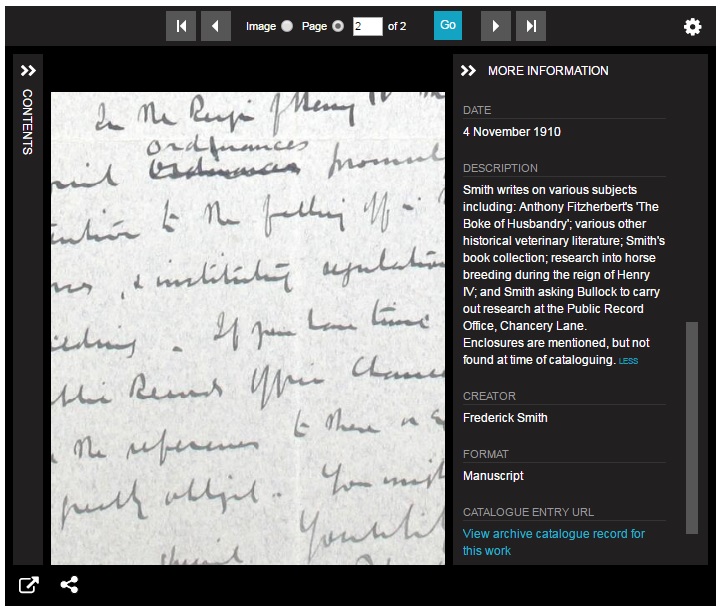
Screenshot of the Universal Viewer displaying a close up zoom of a manuscript letter.
The Universal Viewer also allows us to link from the images of the material to the library or archive catalogue record. I knew that I wanted users of the Digital Collections website to easily see and understand how one archive item relates to others in the collection. This is helped by linking to the archive catalogue, but we have also included a content ‘tree’ on the website, which users can expand and collapse to see what is on the whole site quickly and easily.
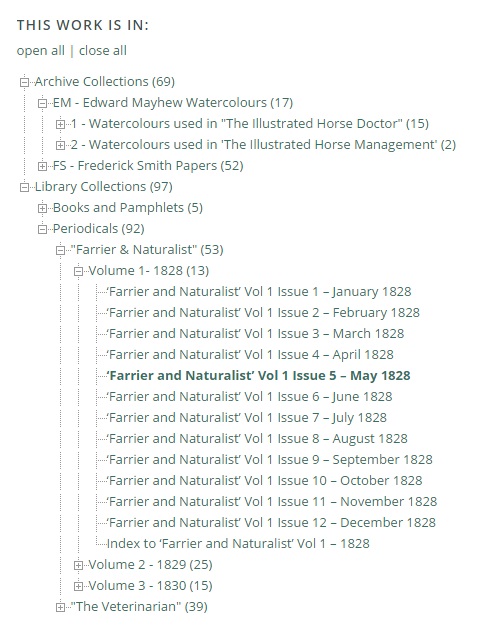
Underneath each Universal Viewer gallery, you can see the location of the currently displayed item within a tree of all content on the website. By expanding and collapsing the branches, you can quickly navigate to other items
As well as providing access, we wanted to encourage engagement between us and users of the site. You can share content by embedding individual Universal Viewer galleries on social media, and contribute additional knowledge and insight by suggesting your own tags.
We hope RCVS Vet History Digital Collections can become an active hub for interaction between veterinarians, historians and the general public eager to learn more about the fascinating past of the profession.
So take a look and let me know what you think! If you would like to be notified of major updates to content, please sign up to the mailing list here.

